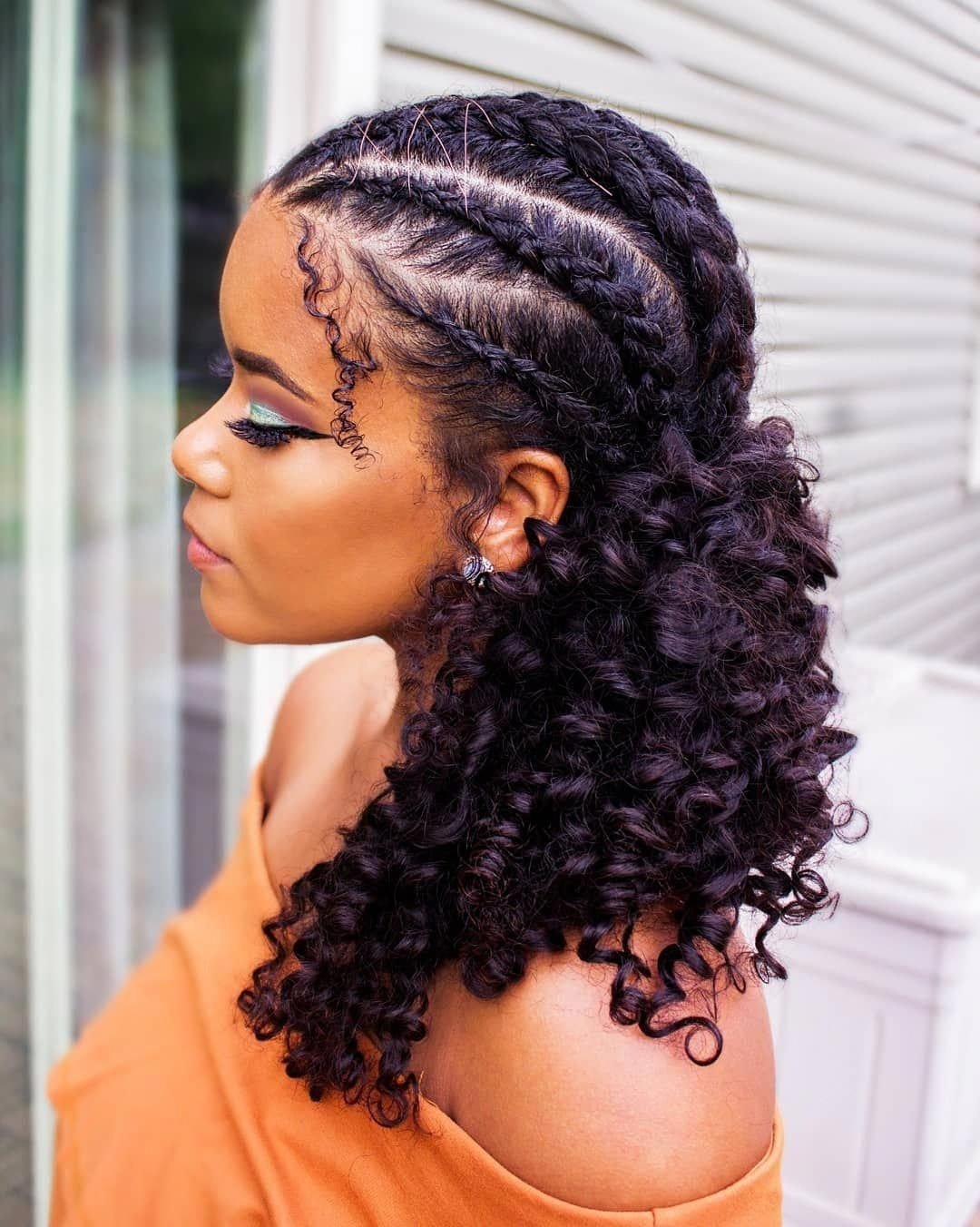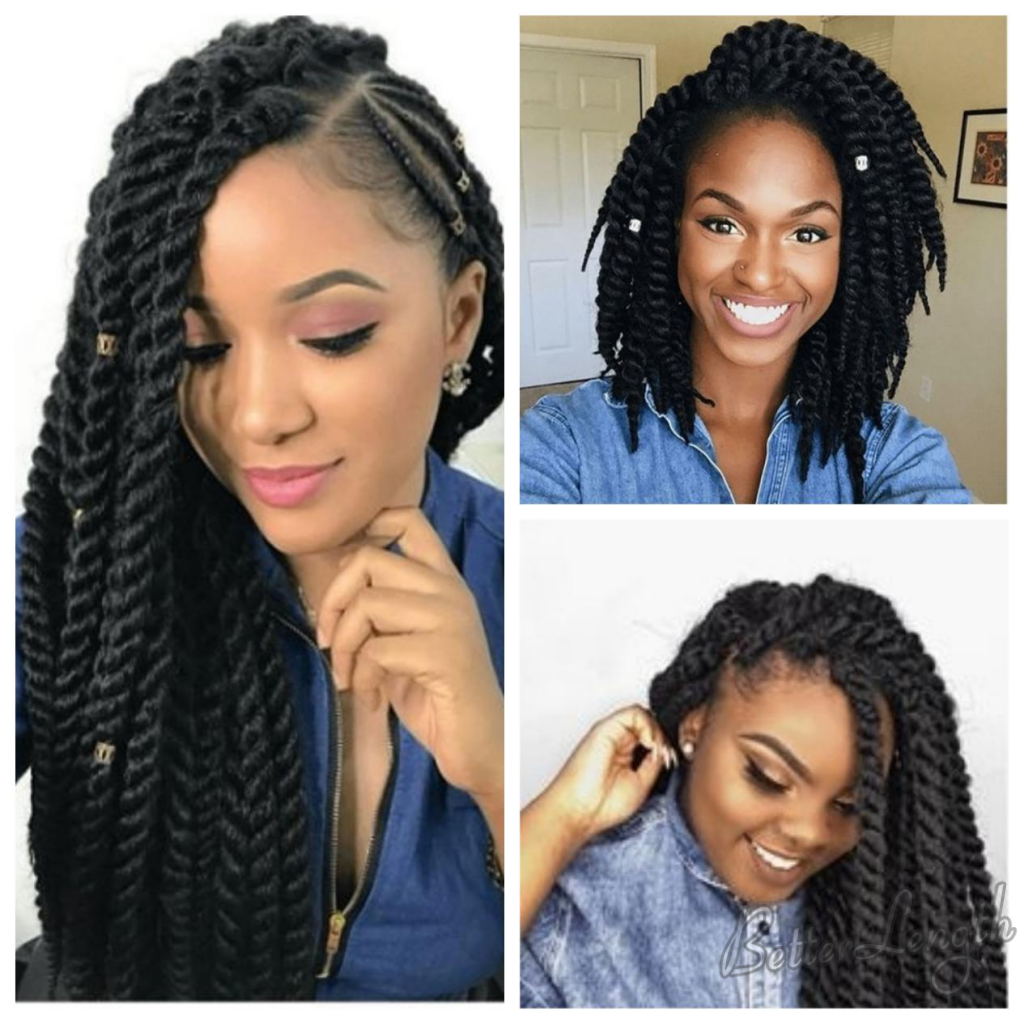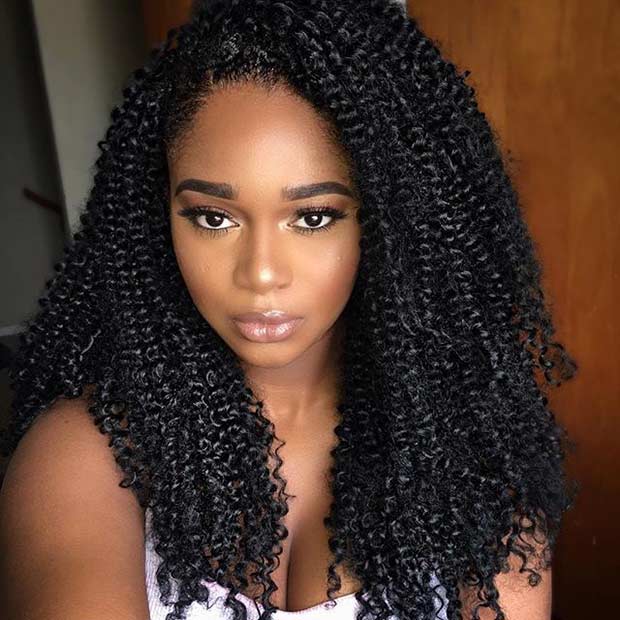Protective braids for natural hair
Protective Braids for Natural Hair
Protective braids are a popular styling option for natural hair because they can help to keep hair healthy and stylish. Braids can also protect hair from damage caused by heat styling, sun exposure, and harsh chemicals. There are many different types of protective braids, so you can find a style that suits your hair type and personal style.

Benefits of Protective Braids
There are many benefits to wearing protective braids, including:
- Reduced hair damage. Braids can help to protect hair from damage caused by heat styling, sun exposure, and harsh chemicals. This is because the braids form a barrier between your hair and the elements.
- Less styling time. Braids can help to save time on styling, as you don't need to worry about detangling or styling your hair every day. This can be a major advantage for busy people or those who simply don't enjoy styling their hair.
- Variety of styles. There are many different types of protective braids, so you can find a style that suits your hair type and personal style. This makes protective braids a versatile styling option that can be worn for any occasion.
- Comfortable and stylish. Braids can be very comfortable to wear, as they don't put any tension on your scalp. They can also be very stylish, adding a touch of personality to your look.


Types of Protective Braids
There are many different types of protective braids, each with its own unique benefits and drawbacks. Some of the most popular types of protective braids include:

- Box braids: Box braids are one of the most popular types of protective braids. They are created by braiding hair into small sections, or "boxes." Box braids can be worn in a variety of styles, and they are relatively easy to maintain.
- Crochet braids: Crochet braids are created by using a crochet hook to attach hair extensions to your natural hair. Crochet braids can be very durable, and they can last for several weeks.
- Twisted braids: Twisted braids are created by twisting hair into small sections. Twisted braids can be very versatile, and they can be worn in a variety of styles.
- Faux locs: Faux locs are a type of braid that is created using synthetic hair extensions. Faux locs can look very similar to natural dreadlocks, but they are much easier to maintain.
- Feed-in braids: Feed-in braids are created by adding new hair extensions to your braids as they grow out. Feed-in braids can help to extend the life of your braids, and they can also help to create a fuller look.


How to Care for Protective Braids
Protective braids can help to keep your hair healthy, but it is important to care for them properly to avoid damage. Here are some tips for caring for protective braids:

- Wash your braids regularly. You should wash your braids every week or two to remove dirt, oil, and product buildup. Be sure to use a gentle shampoo and conditioner that is designed for natural hair.
- Deep condition your braids regularly. Deep conditioning helps to moisturize your hair and keep it healthy. You should deep condition your braids once a week or biweekly.
- Braid your hair loosely. When you are braiding your hair, be sure to braid it loosely to avoid tension on your scalp. Tight braids can damage your hair, so it is important to braid your hair loosely.
- Avoid heat styling. You should avoid heat styling your hair while it is in braids. Heat styling can damage your hair, so it is best to avoid it altogether.
- Get regular trims. It is important to get regular trims to keep your hair healthy. Trims help to remove split ends and damaged hair, and they can also help to prevent further damage.


Protective Braids for Natural Hair: FAQs
Q: How long do protective braids last?

A: Protective braids can last for anywhere from a few weeks to a few months, depending on the type of braids you choose and how well you care for them.


Q: Can I wear protective braids if I have fine hair?
A: Yes, you can wear protective braids if you have fine hair. However, you may need to use a lighter weight hair extension to avoid putting too much tension on your hair.

Q: Can I wear protective braids if I have curly hair?


A: Yes, you can wear protective braids if you have curly hair. However, you may need to use a different braiding technique to avoid creating too much tension



Best Protective Braids for Natural Hair

Protective braids are a great way to style your natural hair while keeping it healthy and protected. Braids can help to reduce breakage, stretch your hair, and create a variety of stylish looks. There are many different types of protective braids to choose from, so you can find the perfect style for your hair type and lifestyle.


In this article, we will discuss the different types of protective braids, how to care for them, and the best protective braids for natural hair.
Types of Protective Braids

There are many different types of protective braids to choose from, each with its own unique benefits. Some of the most popular types of protective braids include:


- Box braids: Box braids are a classic protective style that involves braiding hair into small, square sections. Box braids are a great option for people with thick, coarse hair.
- Crochet braids: Crochet braids are created by using a crochet hook to attach hair extensions to your natural hair. Crochet braids are a versatile style that can be worn in a variety of ways.
- Faux locs: Faux locs are a type of braid that creates the illusion of dreadlocks. Faux locs are a great option for people who want the look of dreadlocks without the commitment.
- Ghana braids: Ghana braids are a type of braid that is similar to box braids, but they are smaller and tighter. Ghana braids are a great option for people with fine or medium hair.
- Twisted braids: Twisted braids are created by twisting hair into small sections and then braiding them. Twisted braids are a great option for people who want a more natural look.
- Feed-in braids: Feed-in braids are created by adding hair extensions to your natural hair one strand at a time. Feed-in braids are a great option for people who want a long, flowing style.
How to Care for Protective Braids

Protective braids can help to keep your natural hair healthy and protected, but it is important to care for them properly to prevent damage. Here are a few tips for caring for protective braids:

- Wash your braids regularly. You should wash your braids every 2-3 weeks, or more often if they become dirty or sweaty. When washing your braids, use a gentle shampoo and conditioner that is specifically designed for textured hair.
- Deep condition your braids. Deep conditioning your braids will help to keep them moisturized and healthy. You should deep condition your braids once a week, or more often if your hair is dry or damaged.
- Avoid using heat on your braids. Heat styling can damage your hair, so it is important to avoid using heat on your braids whenever possible. If you do need to use heat, use a heat protectant product and set your styling tool to the lowest heat setting possible.
- Be gentle when detangling your braids. Detangling your braids can be tricky, but it is important to be gentle to avoid damaging your hair. Use a wide-toothed comb or your fingers to gently detangle your braids.
- Trim your split ends regularly. Split ends can damage your hair and make it more prone to breakage. You should trim your split ends every 6-8 weeks, or more often if your hair is damaged.
Best Protective Braids for Natural Hair

When choosing a protective braid style, it is important to consider your hair type, lifestyle, and desired look. Here are a few of the best protective braid styles for natural hair:


- Box braids: Box braids are a great option for people with thick, coarse hair. They are easy to maintain and can be styled in a variety of ways.
- Crochet braids: Crochet braids are a versatile style that can be worn in a variety of ways. They are also a great option for people who want to add length and volume to their hair.
- Faux locs: Faux locs are a great option for people who want the look of dreadlocks without the commitment. They are easy to maintain and can be styled in a variety of ways.
- Ghana braids: Ghana braids are a great option for people with fine or medium hair. They are small and tight, which helps to prevent damage to the hair.
- Twisted braids: Twisted braids are a great option for people who want a more natural look. They are easy to maintain and can be styled in a variety of ways.
- Feed-in braids: Feed-in braids are a great option for people who want a long, flowing style. They are easy to maintain and can be styled in a variety.
